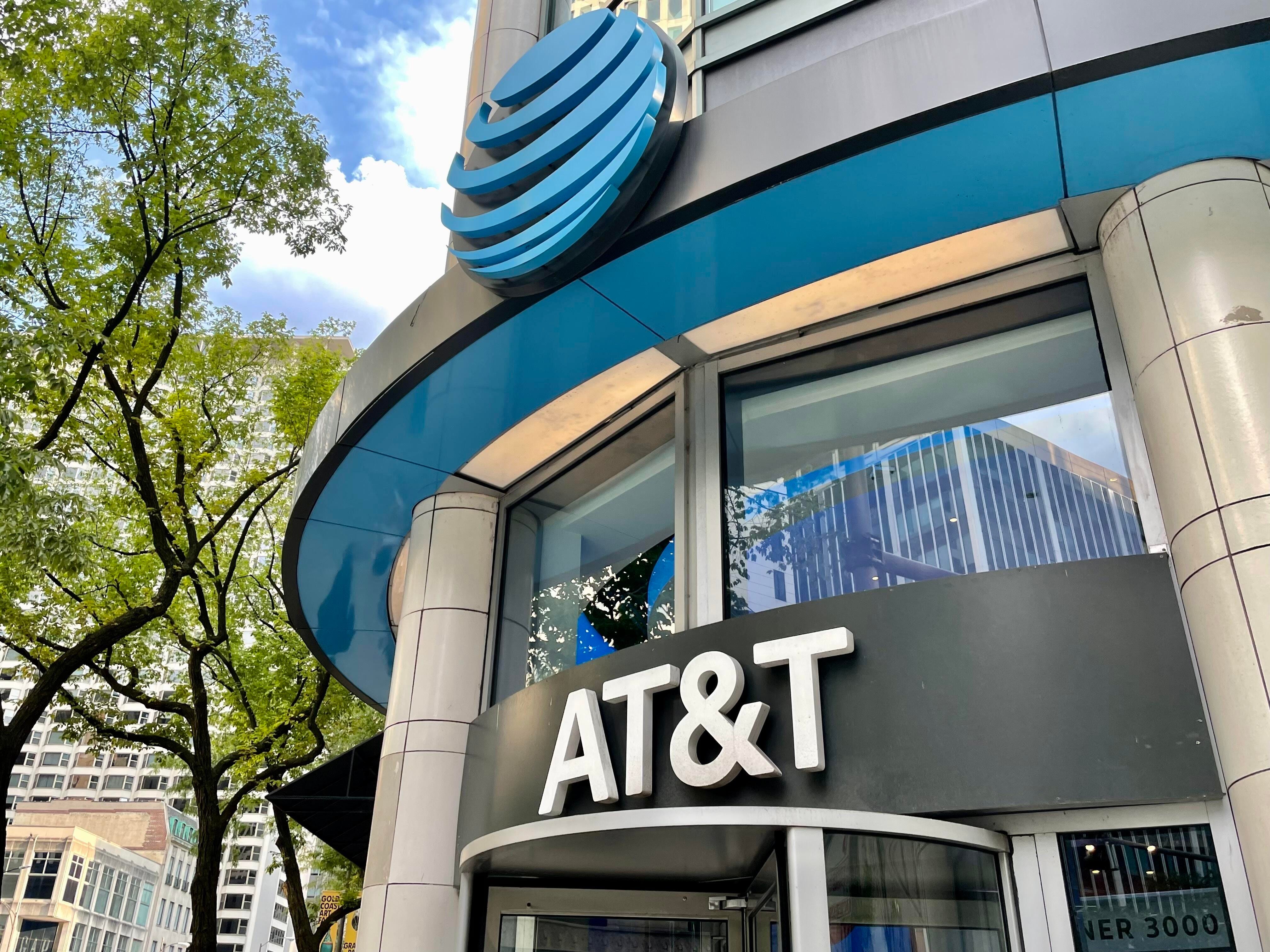
Cost and speed are perhaps the two most important factors when choosing an internet provider and plan. The two don’t always go together, however, as cheap internet plans are often lacking in speed, and high-speed plans can come at a hefty price.
But occasionally a Goldilocks plan comes along with speeds and pricing that are just right, like AT&T’s Fiber 300 plan. Starting at just $55 per month for download and upload speeds up to 300 megabits per second (raised from 100Mbps in May), it’s one of the best low-cost, high-speed plans available, and accordingly tops our lists of cheap internet and the best internet deals.
The value provided by AT&T Fiber 300 is tough to pass up, but those looking for a bit more speed may find faster plans from AT&T or another provider more enticing. You’ll also want to consider any conditions that come with AT&T internet. You’ll find a full breakdown of AT&T Fiber 300 below to help you decide if the plan is right for you.
AT&T Fiber 300 plan details
| Starting monthly price | Monthly price after 12 mos. | Max download speeds | Max upload speeds | Data cap | Equipment fee |
|---|---|---|---|---|---|
| $55 | $55 | 300Mbps | 300Mbps | None | None |
Of the major internet providers that share service areas with AT&T, such as Cox, Spectrum and Xfinity, few if any offer a plan starting under $50 per month with speeds close to 300Mbps. You’ll pay around $50 per month in most locations for the same download speeds with Xfinity, and around that same price for download speeds of 200Mbps with Spectrum — all while getting significantly slower upload speeds over a cable internet connection.
For further proof of the value that comes with AT&T Fiber 300, consider the cost per Mbps. At $55 per month for 300Mbps, AT&T Fiber has a cost per megabit per second of just over 18 cents. While that’s not the absolute best value — many high-speed and gigabit plans have a cost per Mbps under a dime — it is the lowest cost per Mbps of any lowest-price plan from virtually any major provider.
One exception is Optimum, which offers 300Mbps starting at $30 per month, but service comes with a questionable price increase after 12 months and slower upload speeds in many locations. Oh, and AT&T and Optimum don’t share service areas, so you won’t have to choose between the two, anyway.
No data caps, no contracts, no equipment fee
I’ve stressed the cost and speed value of the AT&T Fiber 300 plan so far, and for good reason, but what else is there to the plan, and AT&T service, in general?
The first thing of note is that AT&T Fiber plans come with unlimited data, meaning you don’t have to monitor your monthly data usage to avoid throttled speeds or overage fees. AT&T Fiber plans also require no contract, so you can cancel anytime without penalty.
However, it wasn’t all sunshine and rainbows in 2021, as signing up for AT&T Fiber internet required committing to an added equipment fee of $10 per month. The good news is that when AT&T announced new multigig plans in January 2022, it also ditched the equipment fee, so new customers don’t have to worry about that any longer.
So really, you can expect to pay $55 per month for AT&T Fiber 300, period. No additional monthly equipment fee or data cap overage charges. That’s a good deal considering the speeds you get. Speaking of which, let’s take a look at what you can do with 300Mbps.
How fast is 300Mbps, exactly?
Speeds of 300Mbps are more than enough to support online gaming, streaming in HD or 4K and taking Zoom calls on multiple devices at once. The Federal Communications Commission recommends minimum speeds of 4Mbps for online multiplayer games, 25Mbps for streaming in 4K and 6Mbps for HD videoconferencing, all well below 300Mbps.
As for download times, it’ll take roughly 10 minutes to download a full-length HD movie (assuming a file size of around 20GB) with speeds of 300Mbps. Video game downloads are a bit more challenging to gauge, as file sizes for updates and full games can vary by hundreds or thousands of megabytes. A 100MB file, which could be considered a midsize update, will take mere seconds over 300Mbps, while downloading a full game of say, 75GB, could have you waiting 30 to 40 minutes or longer.
It’s important to note that, though AT&T Fiber 300 offers speeds up to 300Mbps, it’s unlikely that you’ll always experience those max speeds. Connecting to your network wirelessly over Wi-Fi will almost always result in slower speeds, and those speeds could diminish more as you move farther from the router, but a good Wi-Fi extender can improve performance throughout your home. Still, when using a Wi-Fi connection, I wouldn’t be surprised by actual speeds in the 100-200Mbps range from the AT&T Fiber 300 plan.
Additionally, while speeds of 300Mbps will support numerous devices at once, 10 or more depending on the activity on each, know that each connected device will consume its share of bandwidth. The more devices you connect, the slower your actual speeds are likely to be on each. Consequently, larger households filled with bandwidth-hungry devices like smart TVs, video game consoles, smartphones and tablets may require a bit more speed to accommodate everyone’s needs. If that’s the case, and you want to stick with AT&T, consider upgrading to the AT&T Fiber 500 plan for an additional $10 per month, or to AT&T Fiber 1000, which starts at $65 per month.
So is AT&T Fiber 300 fast enough?
I vote yes. According to Speedtest.net, the average tested residential download speed in the US for October 2021 was 131Mbps, less than half the max speed available with AT&T Fiber 300. Again, actual speeds of 300Mbps are unlikely with AT&T Fiber 300, especially when using a Wi-Fi connection, but overall, the plan is likely to offer plenty of speed for the average user or handful of users and most, if not all, of their devices.
AT&T Fiber 300 FAQs
Where is AT&T Fiber available?
AT&T internet service is available to more than 40% of US households, with the greatest serviceability throughout the South and Midwest, as well as parts of California and Nevada. Though AT&T’s service areas cover a broad portion of the US, only around 31% of AT&T’s network is fiber. Even still, around 16 million people are serviceable for AT&T Fiber (and the Fiber 300 plan), most of whom are residents of larger metro areas or suburbs.
How much is AT&T Fiber 300?
AT&T Fiber 300 starts at $55 per month, plus taxes and fees. This price includes a $5 discount for enrolling in autopay, so be sure to do so when signing up.
Is AT&T Fiber 300 a good deal?
The AT&T Fiber 300 plan is CNET’s pick for the best fiber home internet provider. The speeds you get for the price are unbeatable by nearly every other entry-level plan from just about any other major provider. Aside from the speed and price, AT&T Fiber 300 comes with unlimited data and no contract requirements, not to mention the connection quality and reliability of a 100% fiber connection.

